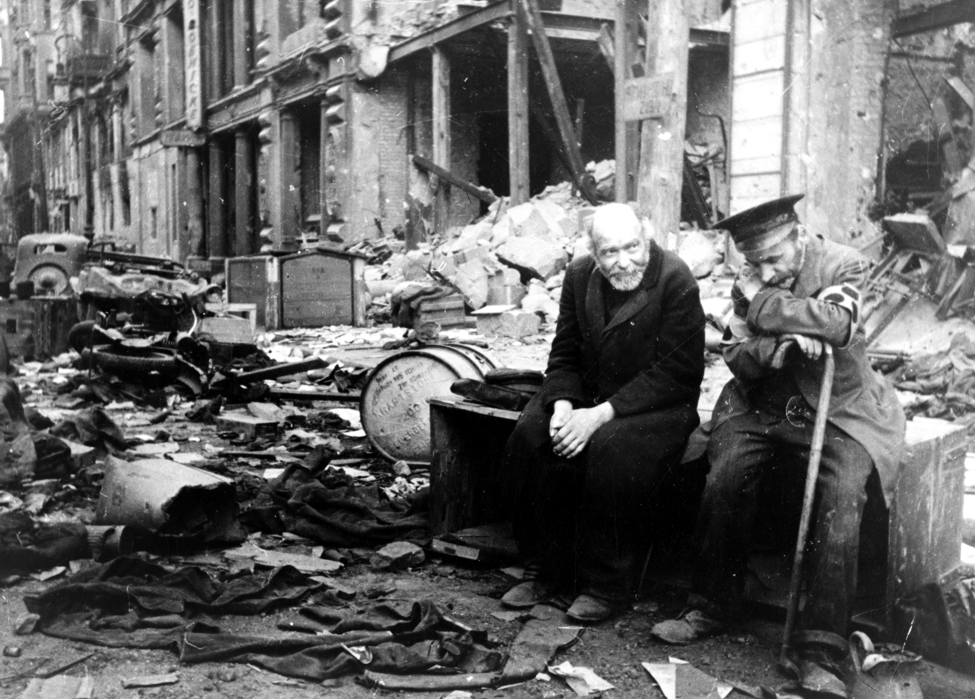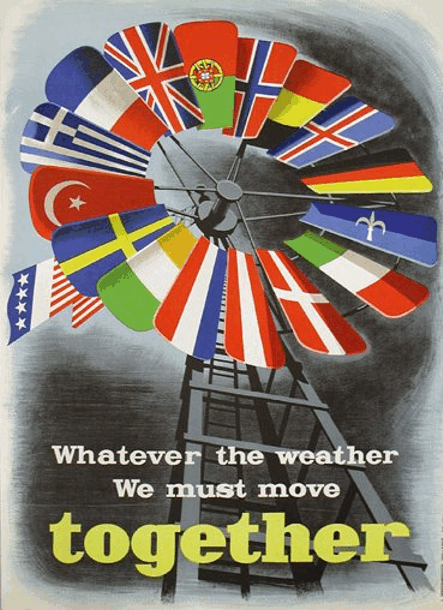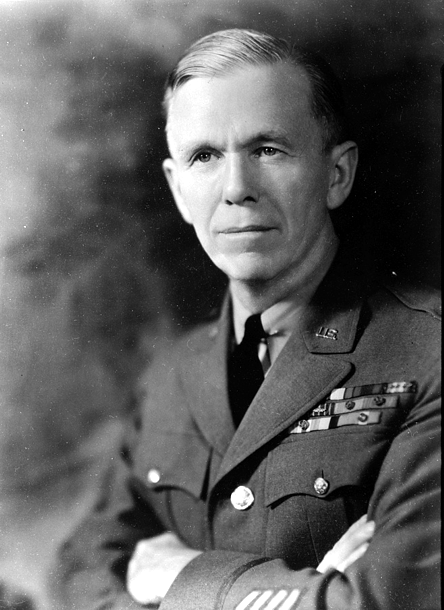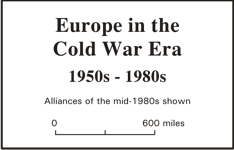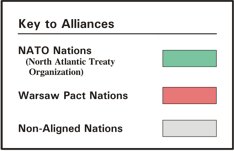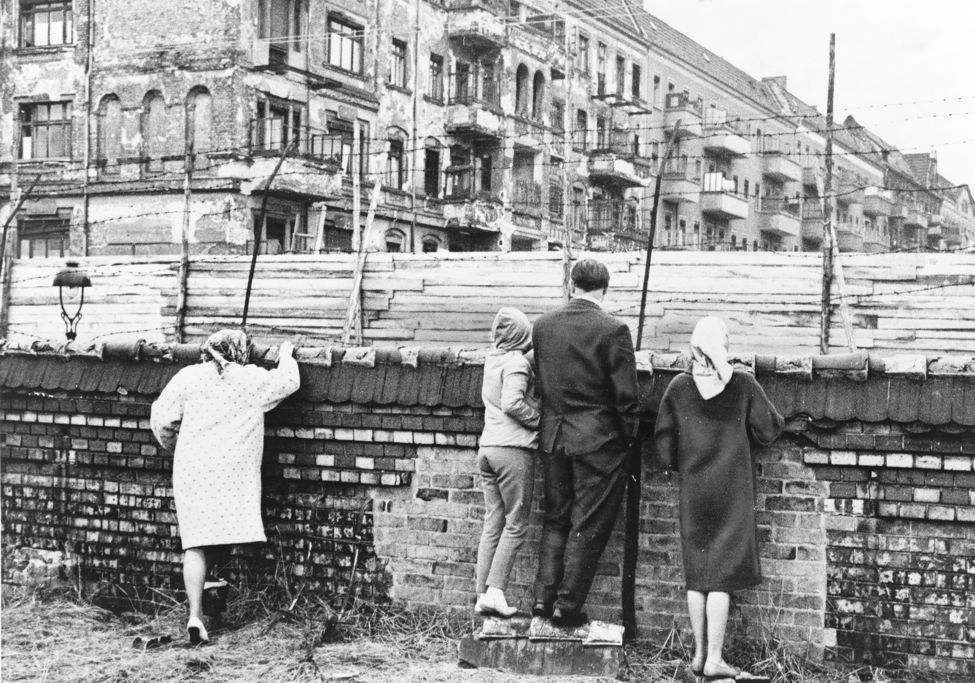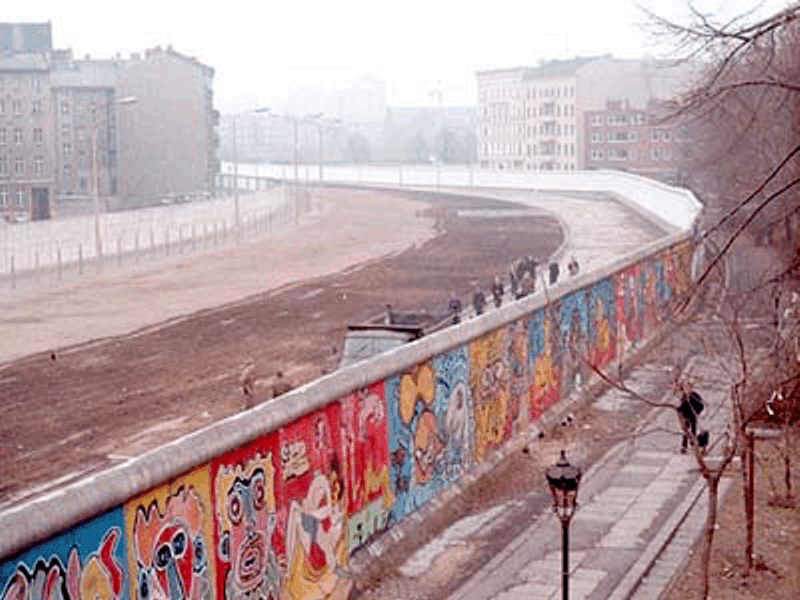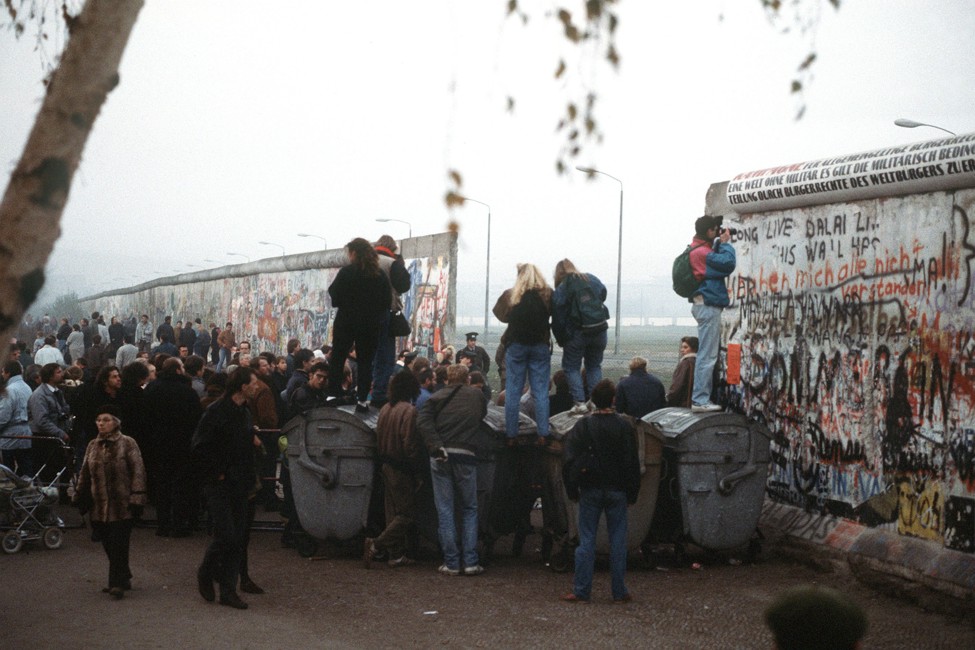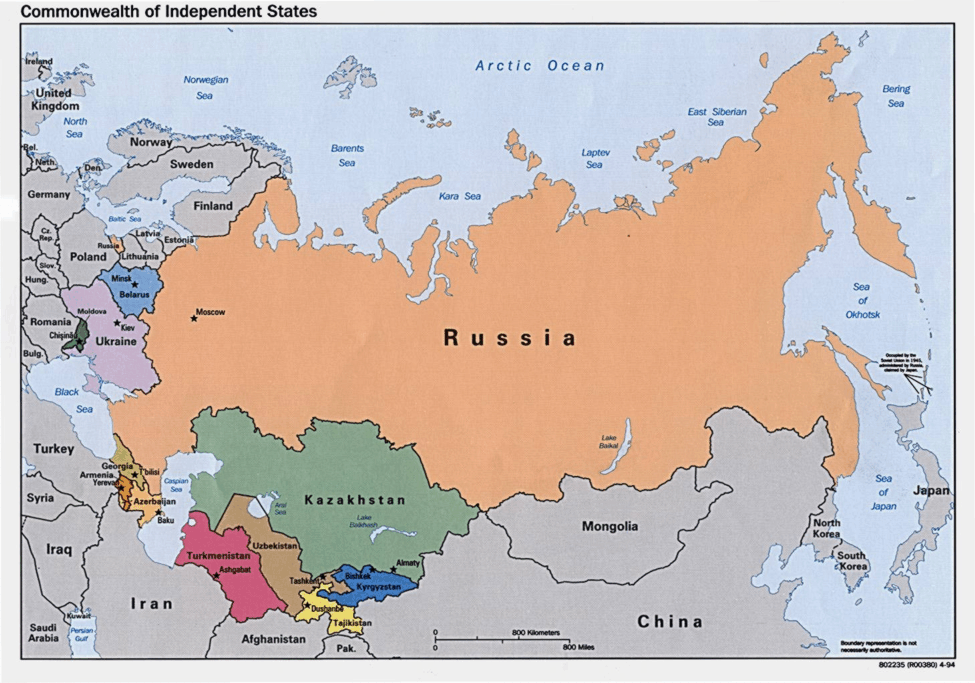|
Germany was split in two
Germany was partitioned
(divided) soon after World War II
ended into two separate parts: West
Germany and East Germany.
At the end of World War II, the western part of Germany
was occupied and controlled for a few years
by U.S.,
British, and
French forces. As soon as it was ready, West Germany was set up
as an independent, democratic nation
with its own government.
The eastern part of Germany was occupied by the Soviet
Union at the end of the war. It remained under their control when
Germany was officially divided. The Soviet Union never allowed East Germany to form an
independent or
democratic government.
Berlin,
the capital of Germany, was itself divided into West Berlin (controlled
by
West Germany) and
East Berlin
(controlled by East Germany.)
|
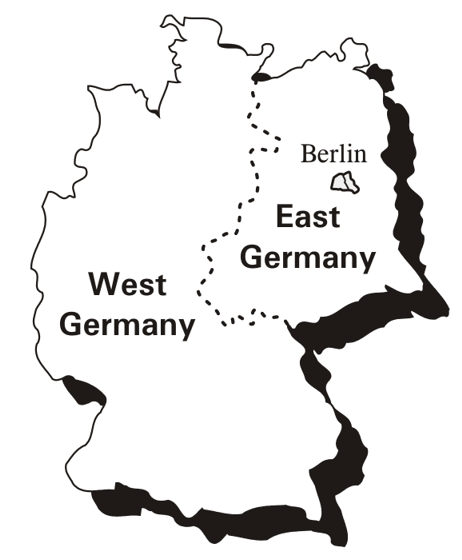
|
